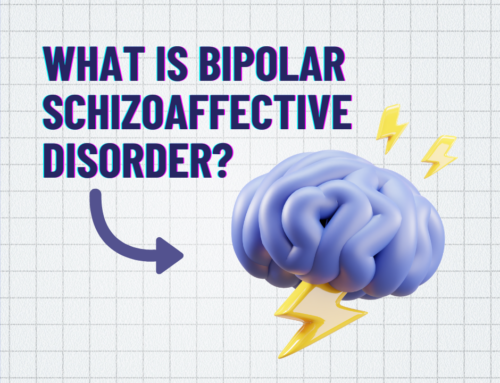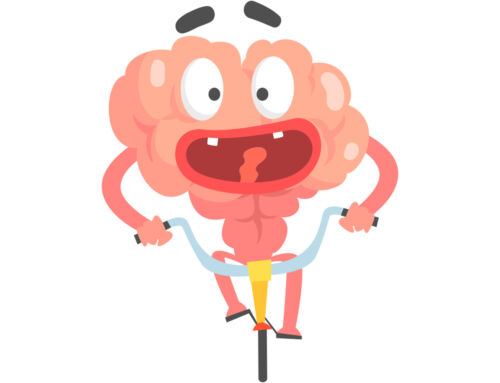The opioid epidemic keeps getting worse every year. In 2107, more than 47,000 people died of opioid-related overdoses. With growing awareness of the problem, there are now more treatment options than ever. However, for many people, fear of withdrawal is a major obstacle to seeking treatment. Opioid withdrawal is almost never fatal but it is generally considered to be more unpleasant that withdrawal from other substances. Unfortunately, there’s no way to avoid detoxing if you want to recover from opioid use disorder. Here’s what you can expect from opioid withdrawal.
Onset of symptoms
When symptoms begin depends largely on what kinds of opioids you use and how you use them. You may begin withdrawing from shorter-acting opioids in as little as six to 12 hours. For longer-acting opioids, it may take up to 30 hours for symptoms to start. So, for example, if you’ve been injecting heroin, your withdrawal symptoms might start in a matter of hours, while if you’ve been taking OxyContin orally, it might take more than a day for symptoms to start.
Early symptoms
Symptoms usually begin with anxiety, agitation, muscle aches, runny nose, teary eyes, yawning, sweating, racing heart, high blood pressure, and fever.
Later symptoms
After around two days, you may start to experience more severe symptoms, including stomach cramps, nausea, vomiting, diarrhea, goosebumps, cravings, and depression. These symptoms usually peak after two or three days but they may last as long as a week. This is when people trying to detox at home typically give up because the symptoms are too uncomfortable, often described as a terrible flu that you can make go away just by using again.
Length of withdrawal
Opioid withdrawal symptoms are usually at their worst after about two or three days, after which they begin to decline. Acute withdrawal typically lasts a week or two but some symptoms may linger for a while, especially anxiety and depression. People often feel physically worn out after a week or two of detox, just as you feel worn out after the flu.
As noted, detoxing from opioids is rarely fatal, but it is unpleasant. The biggest danger is from dehydration, since diarrhea, vomiting, and sweating are so common. It’s a good idea to detox under medical supervision, preferably in a facility that monitor your vital signs. Since detox is so stressful on the body, it may also aggravate other medical conditions. Pregnant women, for example, are typically advised not to detox fully because of greater risk of miscarriage. And the stress on the heart may be bad for people with cardiovascular problems. Anyone with a medical condition should definitely detox in a medical facility. This has the added benefit of increasing your commitment to following through with detox instead of giving up with symptoms are at their peak.
At Alta Lama Transformational Services, you will meet knowledgeable, compassionate professionals that understand addiction in all its forms. Alta Lama uses an integrative and holistic approach to treat addiction and mental health issues. No treatment is one-size-fits-all, where you will have a team of experts prepared to create your customized treatment plan. We offer care for your mind, body, and spirit, so that you can heal from the inside out and look forward to a lifetime of sobriety and wellness. If you are ready to take the first step in your recovery, please call us at 866-457-3843.



